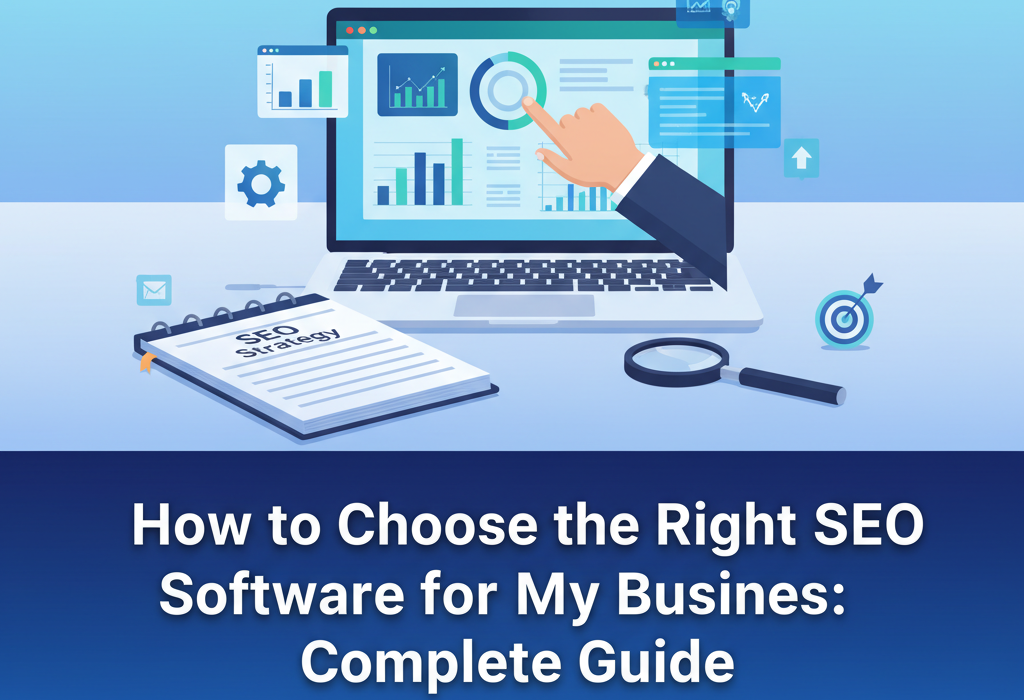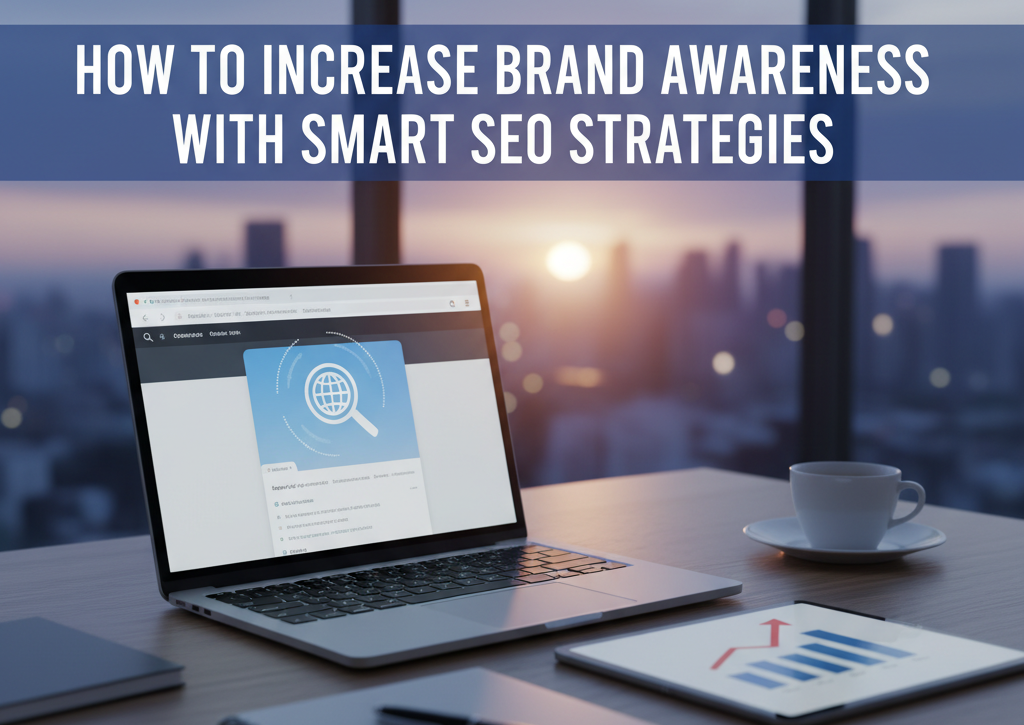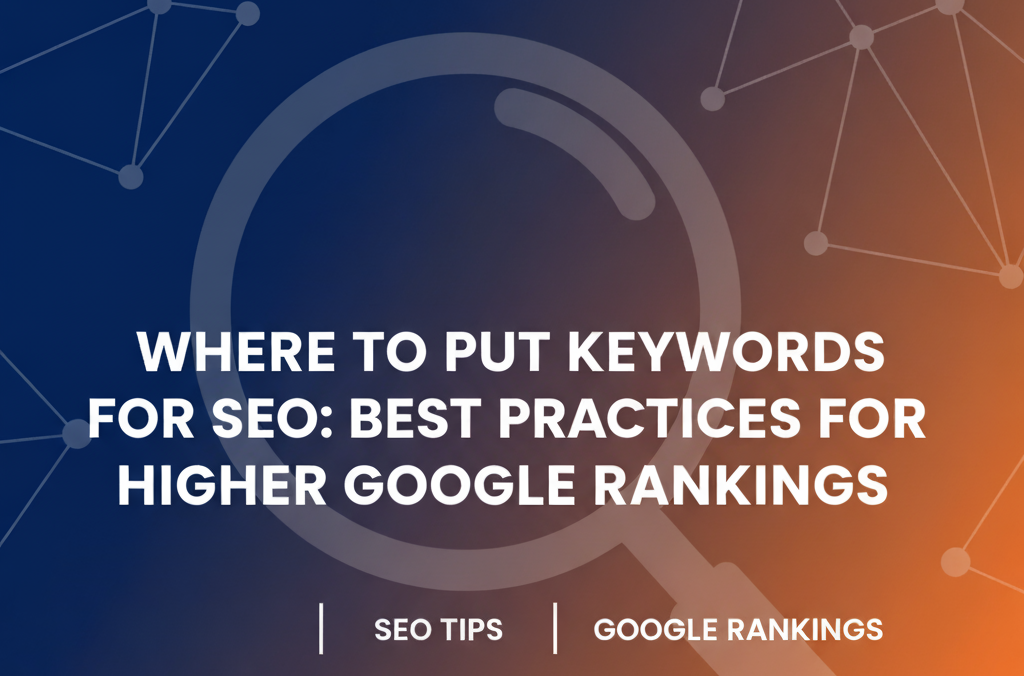Who Is Ben Stace?
Ben Stace is widely recognized in the SEO community for his cutting-edge approach to Semantic SEO—a technique that goes beyond keywords to build topical relevance, search intent alignment, and contextual authority. Leveraging his deep experience in content strategy, search engine algorithms, and on-page optimization, Ben helps websites grow organically by aligning content with how Google understands meaning and context.
In this article, we break down how Ben Stace executes Semantic SEO using EEAT (Experience, Expertise, Authoritativeness, Trustworthiness) principles—providing actionable insights and examples.
What Is Semantic SEO?
Before diving into Ben Stace’s methods, let’s clarify what Semantic SEO is.
Semantic SEO is the practice of optimizing content to reflect the meaning behind user queries—not just the keywords. It focuses on:
Search intent (informational, transactional, navigational)
Contextual relevance
Entity-based optimization
Topic clustering
Natural language processing (NLP)
Ben Stace goes further by integrating EEAT with Semantic SEO to create content ecosystems that perform exceptionally well in organic search.
How Ben Stace Does Semantic SEO: A Strategic Breakdown
1. Topic Mapping & Semantic Clustering
Ben starts with a semantic content map—not a typical keyword list. He uses tools like Google’s NLP API, InLinks, and MarketMuse to:
Identify primary entities and related entities
Build topical clusters around core subjects
Organize articles around searcher journeys, not just queries
Example: For a website on digital marketing, instead of targeting “SEO tips,” he creates a topical cluster like:
What is SEO?
Semantic SEO vs. traditional SEO
How Google uses NLP
On-page entity optimization
Internal linking strategies for topical authority
This interconnected network boosts contextual depth and site structure, signaling to Google that the domain has topical authority.
2. Entity-Based Optimization
Ben uses entity salience to ensure Google understands what the page is about. He:
Defines entities clearly in H1s and intros
Uses schema markup for
@type: Article,Person,Organization,FAQPageLinks out to trusted sources (Wikipedia, official sites) for unambiguous context
Adds internal links to related entities/pages on his site
This helps Google build a knowledge graph connection between the content and known entities.
3. Content Built with EEAT Principles
Ben ensures every content piece reflects EEAT:
✅ Experience
He references case studies, real-world examples, and firsthand tests (e.g., A/B tests of semantic content vs. keyword-stuffed pages).
His blog often includes screenshots from analytics or tools to show performance.
✅ Expertise
Author bios include credentials, niche-specific experience, and links to relevant contributions.
Topics are covered in-depth with subtopics, visuals, and expert commentary.
✅ Authoritativeness
He builds links from reputable sites and contributes to authoritative SEO platforms like Moz or Search Engine Journal.
Frequently cited by other SEO experts for his thought leadership.
✅ Trustworthiness
Transparent author profiles
Regularly updated content
HTTPS-secured websites
Sources backed by verifiable data
4. Natural Language and User Intent Matching
Ben writes like a human but structures content for machine readability. His content includes:
FAQ sections (using
FAQPageschema)Conversational language reflecting user questions
“People Also Ask” targeting
Structured answers with bullet points, tables, and lists
He often rephrases the same question in multiple ways to satisfy various semantic interpretations of a query.
5. Internal Linking Strategy
To build semantic relevance, Ben:
Links to semantically related topics within the same cluster
Uses descriptive anchor text that reflects searcher intent
Limits orphan pages by creating topic silos (content hubs)
This improves crawlability, semantic association, and user navigation—all of which support both SEO and UX.
6. Advanced Schema & Structured Data Implementation
Ben goes beyond basic schema. He implements:
Article,Breadcrumb, andFAQPagemarkupAuthormarkup withsameAsreferencing social profiles or author pagesReview,Product, orHowTomarkup when appropriate
This structured data enhances visibility in rich results and Google Discover.
Results of Ben Stace’s Semantic SEO Approach
Websites optimized using Ben’s methods tend to see:
Higher ranking stability
Better performance in long-tail queries
Inclusion in featured snippets
Greater topical authority over time
He emphasizes that SEO today is no longer about “gaming” Google, but about cooperating with how Google understands context and entities.
Tools Ben Stace Uses for Semantic SEO
Ben often uses a blend of AI tools and traditional SEO software, including:
InLinks – for entity detection and content mapping
SurferSEO or MarketMuse – for NLP-based content scoring
Google Search Console & NLP API – for search performance insights
Screaming Frog / Sitebulb – for crawling semantic internal links
ChatGPT – for ideation, clustering, and topic modeling assistance
Final Thoughts: Why Ben Stace’s Semantic SEO Works
Ben Stace doesn’t chase trends. He builds future-proof SEO by aligning with how Google understands meaning, not just words. His Semantic SEO process is rooted in experience, research, real-world testing, and trust-building content strategy.
Whether you’re a beginner or a seasoned SEO professional, applying even a fraction of Ben’s semantic approach—especially when enhanced by EEAT—can significantly boost your organic visibility.
FAQs About Ben Stace & Semantic SEO
Q: Is Semantic SEO better than traditional keyword SEO?
Yes, Semantic SEO aligns with how Google now ranks content—based on meaning, not just keyword repetition.
Q: Can I implement Semantic SEO without advanced tools?
Yes. Start by organizing your content around topics instead of keywords, answer related questions, and use internal links wisely.
Q: Does Ben Stace offer SEO courses or consultations?
As of now, Ben Stace shares his expertise via blog posts, interviews, and some select training sessions.






